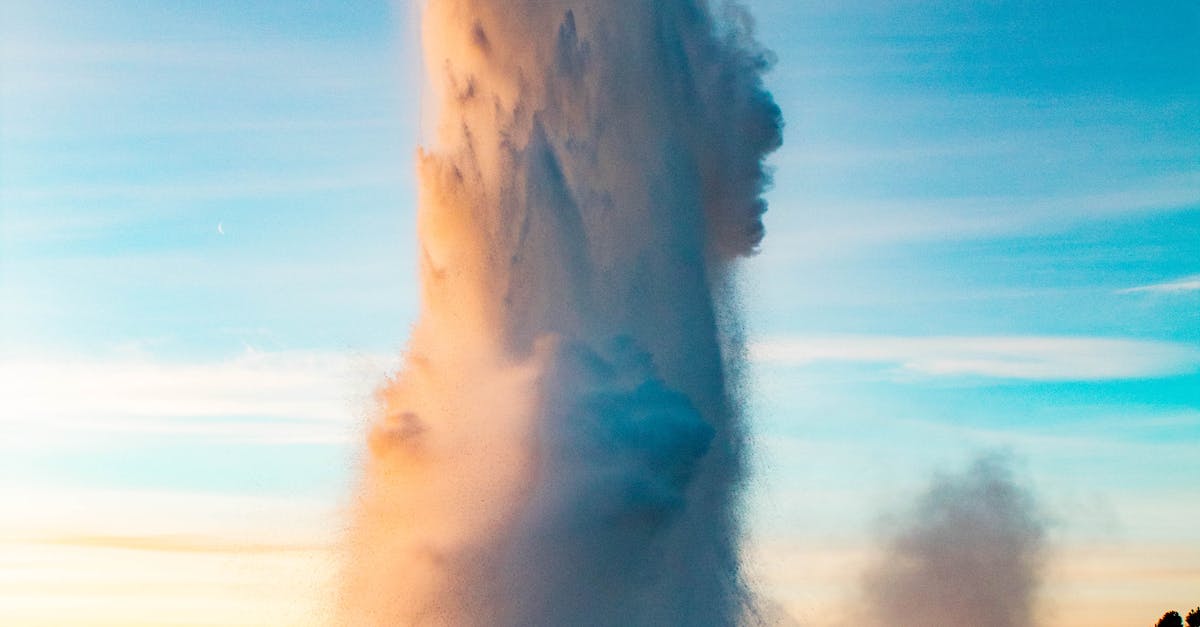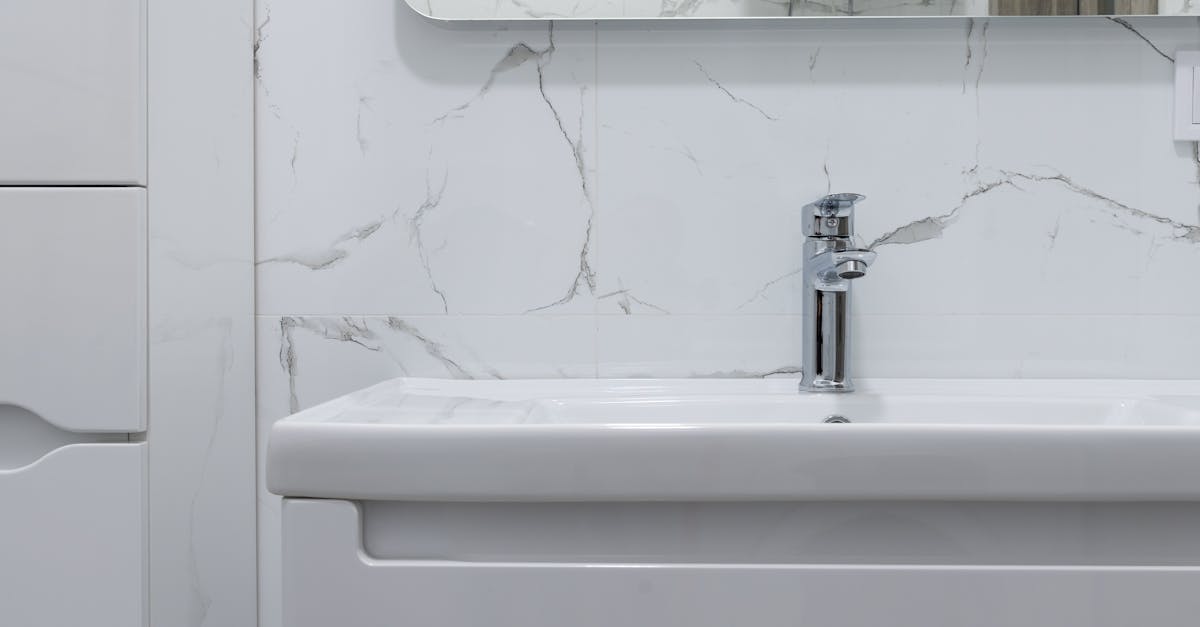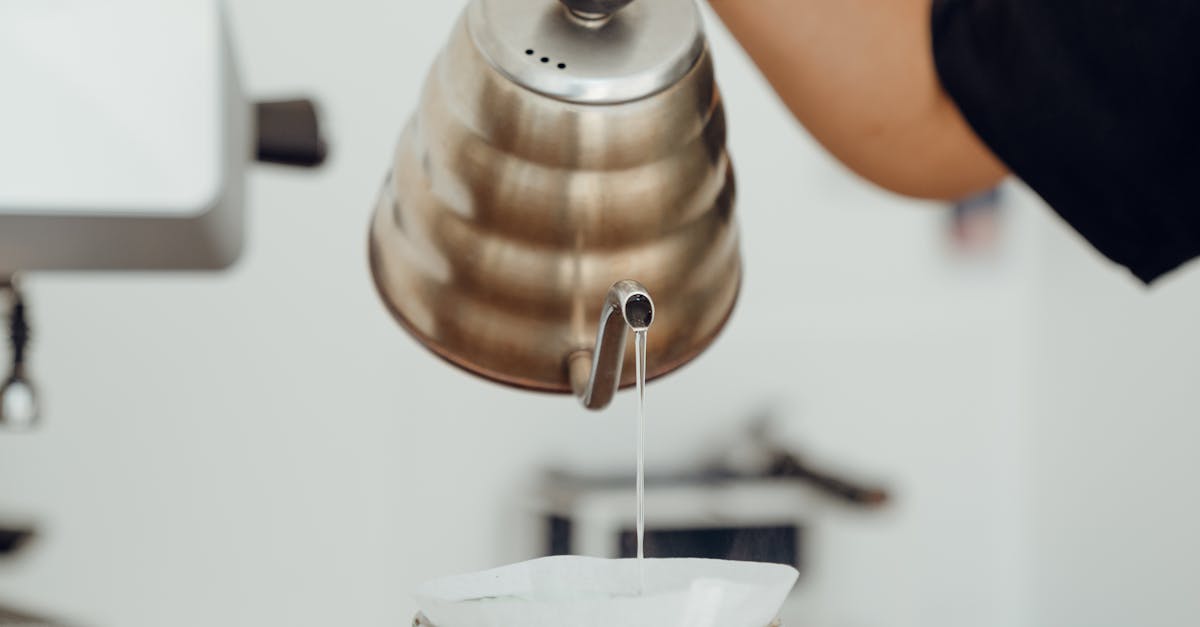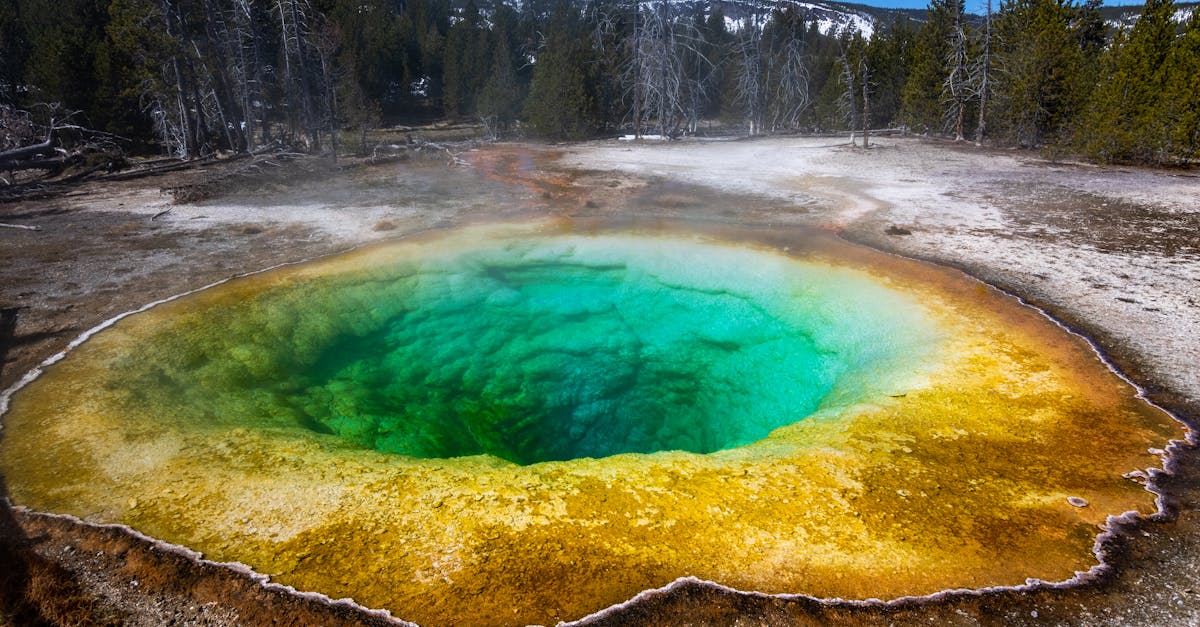
Table Of Contents
Flushing the hot water system
It is essential to regularly flush your hot water system to maintain its efficiency and prolong its lifespan. Flushing the system removes sediment and mineral buildup that can accumulate over time, causing blockages and reducing the system's heating capacity. To start, switch off the power supply to the hot water system and let the water cool down before beginning the flushing process. Connect a garden hose to the drain valve at the base of the hot water system and run the other end of the hose to a drain or outside area.
Open the drain valve and let the water flow out of the system, carrying away any accumulated debris. It is advisable to let the water run until it runs clear to ensure that all sediment is removed. Once the water runs clear, close the drain valve and disconnect the hose. This process helps in effectively removing any buildup in the system, ensuring optimal Hot Water System Maintenance.
Refilling the tank and removing any remaining air bubbles
To refill the tank after flushing the hot water system, you must first ensure that all drain valves are closed securely. Once this step is completed, turn on the water supply slowly to allow the tank to fill up gradually. Be vigilant and double-check for any leaks around the tank connections during the refilling process. It is crucial to eliminate any air bubbles trapped within the system to maintain its optimal performance.
To remove any remaining air bubbles from the hot water system, you can do so by opening the hot water taps throughout your home. Let the water run until a steady stream is achieved, ensuring that no sputtering or air pockets are present. By purging the system of air bubbles, you are helping to safeguard the efficiency and longevity of your hot water system. Hot Water System Maintenance is a fundamental task that should be performed regularly to guarantee the smooth operation of your household's water heating system.
Testing the hot water system
Testing the hot water system is a crucial step in ensuring its proper functionality. Once the system has been flushed and the tank is refilled, it is important to confirm that the hot water is flowing correctly. Turn on the hot water tap and let the water run for a few minutes to verify that there are no interruptions in the flow. Check the temperature of the water to ensure that it reaches the desired level. If the water is not hot enough or if there are any issues with the flow, further investigation may be required. Testing the hot water system helps to identify any potential problems early on and allows for timely maintenance to be performed.
Through regular testing and maintenance, you can keep your hot water system operating efficiently and extend its lifespan. Hot water system maintenance involves periodic checks to confirm that the system is functioning optimally. In addition to testing the hot water flow, it is important to inspect the system for any leaks or unusual noises. Addressing any issues promptly can prevent more significant problems from arising in the future. By staying proactive with Hot Water System Maintenance, you can ensure that your hot water system continues to provide reliable hot water whenever you need it.
Confirming that the hot water is flowing properly
Once you have refilled the tank and ensured there are no more air bubbles present, the final step in ensuring your hot water system is in good working condition is to confirm that the hot water is flowing properly. Turn on the hot water tap at a sink or shower and wait for a few moments to allow the water to heat up. Check to see if the water is running at the expected temperature. If the water is not as hot as it should be, there may be an issue with the heating element or thermostat in your system. It is important to address any discrepancies promptly to maintain the efficiency of your hot water system.
Regularly checking the flow of hot water is an essential part of Hot Water System Maintenance to ensure that the system is functioning optimally. If you notice any issues with the hot water flow, it is advisable to seek professional help to diagnose and fix the problem. By confirming that the hot water is flowing properly, you can rest assured that your hot water system is operating effectively and providing you with the comfort and convenience of hot water whenever you need it.
Maintaining the hot water system
Maintaining the hot water system is essential to ensure a continuous and efficient supply of hot water in your household. Hot water system maintenance involves regular inspection and cleaning to prevent potential issues and prolong the lifespan of the system. Checking for any leaks, corrosion, or sediment buildup should be part of your routine maintenance to address problems before they escalate and lead to costly repairs.
Additionally, flushing the hot water system at least once a year can help remove any sediment or mineral buildup that may affect the performance of the unit. This process involves draining the tank, flushing out any debris, and refilling it properly. By conducting these maintenance tasks diligently, you can ensure that your hot water system operates smoothly and provides hot water whenever needed. Hot Water System Maintenance is a simple yet crucial practice to keep your system functioning optimally.
Regularly checking and cleaning the system to prevent issues
Regularly checking and cleaning a hot water system is crucial for its longevity and efficient functioning. Maintenance should be performed at least once a year to prevent issues such as sediment buildup, corrosion, or leaks. Neglecting this upkeep can lead to reduced hot water flow, increased energy consumption, and potential system failures.
Hot Water System Maintenance involves inspecting pipes, fittings, and the tank for any signs of leaks or corrosion. Additionally, flushing the tank to remove sediment and buildup can help maintain the system's efficiency. Keeping the system clean and well-maintained not only ensures a reliable supply of hot water but also prolongs the lifespan of the hot water system.
FAQS
Why is it important to clean and flush a hot water system?
Cleaning and flushing a hot water system helps remove built-up sediment and mineral deposits, improving its efficiency and prolonging its lifespan.
How often should I clean and flush my hot water system?
It is recommended to clean and flush your hot water system at least once a year to maintain optimal performance.
Can I clean and flush my hot water system by myself?
Yes, you can clean and flush your hot water system yourself by following the manufacturer's instructions and safety precautions.
What are the signs that indicate my hot water system needs cleaning and flushing?
Signs that your hot water system needs cleaning and flushing include discoloured or foul-smelling water, reduced hot water pressure, and unusual noises coming from the tank.
Is it necessary to drain the hot water system completely during the cleaning and flushing process?
Yes, it is important to drain the hot water system completely to ensure thorough cleaning and removal of any sediment or debris.





























